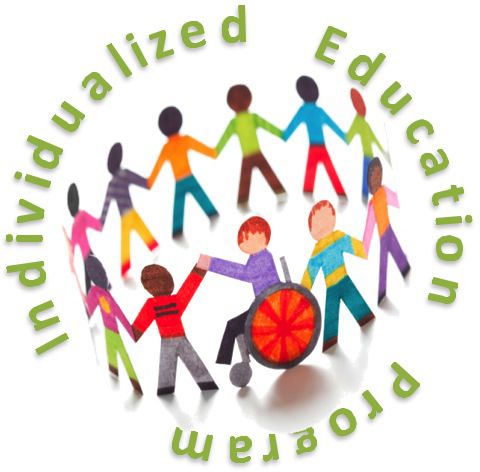Individualized Education Programs, or IEPs, are crucial tools in providing tailored education for students with disabilities or special needs. These programs outline specific goals and accommodations to ensure that each student receives the support they need to succeed academically and socially. Understanding the components of an IEP is essential for educators, parents, and students alike.
Components of an IEP
An IEP typically includes the following components:
Educational goals: Specific, measurable goals that the student is expected to achieve.
Accommodations: Modifications to the curriculum or classroom environment to support the student’s learning needs.
Services: Any specialized services, such as speech therapy or counseling, that the student may require.
Evaluation: Regular assessments to track the student’s progress and make adjustments to the IEP as needed.
Developing an IEP
Creating an IEP involves collaboration between parents, teachers, and support staff. The process typically includes:
Evaluation: Assessing the student’s strengths, weaknesses, and learning needs.
Goal setting: Establishing achievable, individualized goals for the student.
Creating the IEP: Documenting the goals, accommodations, and services in a written plan.
Monitoring progress: Tracking the student’s progress and adjusting the IEP as necessary.
Implementing an IEP
Once an IEP is in place, it is essential for educators and support staff to effectively implement the plan. This may involve:
Providing accommodations: Modifying the curriculum or classroom environment to meet the student’s needs.
Delivering services: Ensuring that the student receives any necessary specialized services or therapies.
Monitoring progress: Tracking the student’s progress towards their goals and making adjustments as needed.
Benefits of an IEP
IEPs offer numerous benefits for students with disabilities or special needs. Some of these include:
Improved academic performance: By setting specific goals and accommodations, students are better able to succeed in the classroom.
Enhanced social skills: IEPs may include goals to help students improve their social interactions and build relationships with peers.
Greater independence: By addressing individualized needs, IEPs empower students to take control of their learning and development.
In conclusion, understanding Individualized Education Programs (IEPs) is essential for providing the best possible education for students with disabilities or special needs. By developing, implementing, and monitoring these personalized plans, educators and support staff can help students reach their full potential academically and socially.
